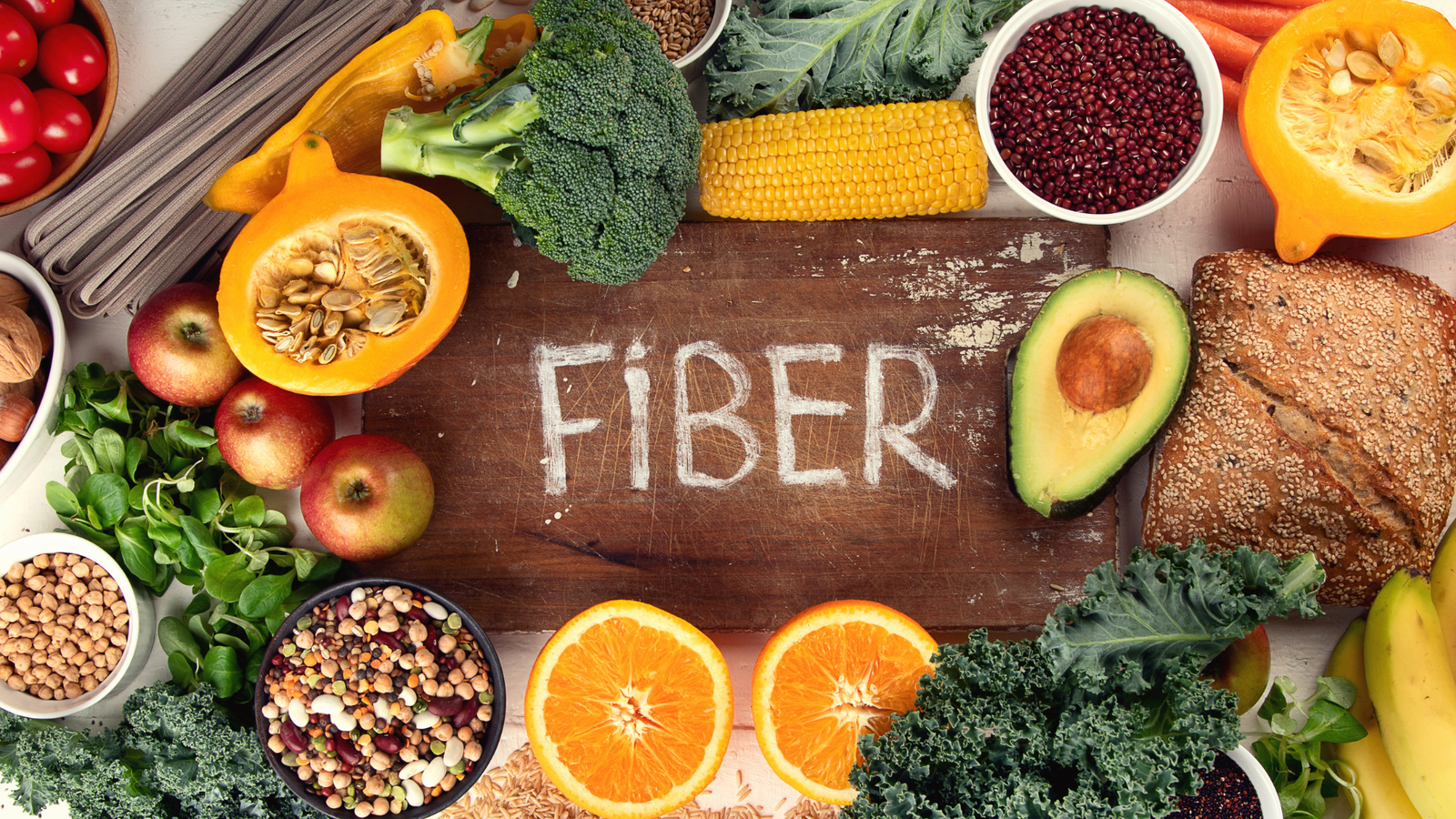Fiber is an essential nutrient that plays a crucial role in supporting digestive health, promoting weight management, and reducing the risk of chronic diseases such as heart disease, diabetes, and certain types of cancer. Despite its many health benefits, most people do not consume enough fiber in their diets. The recommended daily intake of fiber is 25 grams for women and 38 grams for men, but many fall short of these targets.
Fortunately, increasing your fiber intake is relatively easy and can be achieved by making simple dietary changes. Here are the 10 best ways to boost your fiber intake and reap the health benefits of this important nutrient:
1. Eat Whole Grains
Whole grains are excellent sources of dietary fiber, as they contain the entire grain kernel, including the bran, germ, and endosperm. Examples of whole grains include brown rice, quinoa, barley, oats, whole wheat, and bulgur. Incorporating these grains into your diet can significantly increase your fiber intake while also providing essential vitamins, minerals, and antioxidants.
2. Load Up on Fruits and Vegetables
Fruits and vegetables are naturally rich in fiber and should be a staple in any healthy diet. Aim to fill half of your plate with fruits and vegetables at each meal, choosing a variety of colors and types to ensure you get a wide range of nutrients and fiber. Berries, apples, pears, oranges, broccoli, carrots, and spinach are particularly high in fiber and make excellent choices for increasing your fiber intake.
3. Snack on Nuts and Seeds
Nuts and seeds are not only nutritious but also packed with fiber. Almonds, pistachios, chia seeds, flaxseeds, and sunflower seeds are all excellent sources of fiber and make convenient and satisfying snacks. Just be mindful of portion sizes, as nuts and seeds are calorie-dense foods that can contribute to weight gain if consumed in excess.
4. Incorporate Legumes into Your Meals
Legumes, such as beans, lentils, chickpeas, and peas, are among the best sources of dietary fiber. They are also rich in protein, making them an excellent choice for vegetarians and vegans looking to boost their fiber intake. Try adding legumes to soups, salads, stews, and stir-fries or using them as a substitute for meat in dishes like chili and tacos.
5. Choose High-Fiber Breakfast Cereals
Many breakfast cereals are fortified with added fiber to boost their nutritional value. Look for cereals that contain whole grains, bran, and other high-fiber ingredients. Aim for options with at least 5 grams of fiber per serving, and avoid cereals with added sugars and artificial ingredients. Pair your cereal with milk or yogurt and fresh fruit for a balanced and fiber-rich breakfast.
6. Swap Refined Carbohydrates for Whole Grains
Refined carbohydrates like white bread, white rice, and pasta are stripped of their fiber and nutrients during processing. Instead, opt for whole grain alternatives such as whole wheat bread, brown rice, and whole grain pasta, which contain significantly more fiber and provide longer-lasting energy.
7. Eat More Fiber-Rich Snacks
Choosing fiber-rich snacks can help you meet your daily fiber goals while keeping hunger at bay between meals. Snack on raw vegetables with hummus, whole fruit, air-popped popcorn, or whole grain crackers with nut butter for a satisfying and nutritious snack that won’t weigh you down.
8. Drink Plenty of Water
Increasing your fiber intake can have a laxative effect, so it’s essential to drink plenty of water throughout the day to prevent constipation and promote healthy digestion. Aim to drink at least eight glasses of water per day, and consider increasing your intake if you consume a high-fiber diet or engage in vigorous physical activity.
9. Add Fiber Supplements to Your Routine
If you struggle to get enough fiber from food alone, consider adding a fiber supplement to your daily routine. Fiber supplements are available in various forms, including powders, capsules, and chewable tablets, and can help bridge the gap between your current fiber intake and recommended targets. Be sure to choose a supplement that contains soluble and insoluble fiber for maximum benefits.
10. Gradually Increase Your Fiber Intake
When increasing your fiber intake, it’s essential to do so gradually to avoid digestive discomfort such as bloating, gas, and diarrhea. Start by adding small amounts of fiber-rich foods to your diet and gradually increase your intake over time as your body adjusts. Be patient and listen to your body’s cues to find the right balance for you.
In Conclusion
Boosting your fiber intake is an excellent way to support overall health and well-being. By incorporating whole grains, fruits, vegetables, nuts, seeds, legumes, and high-fiber snacks into your diet, you can easily meet your daily fiber goals and enjoy the numerous health benefits that fiber provides. Remember to drink plenty of water, choose fiber-rich foods and snacks, and gradually increase your intake to promote healthy digestion and optimal health. With these 10 simple tips, you can take charge of your fiber intake and support a healthier, happier you.



